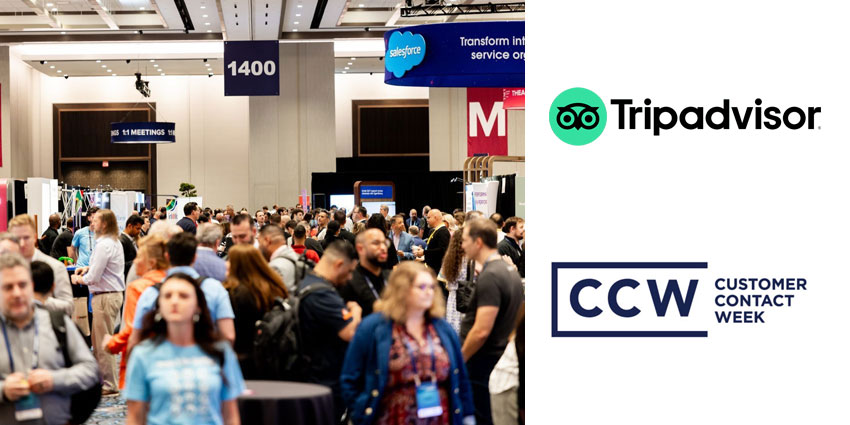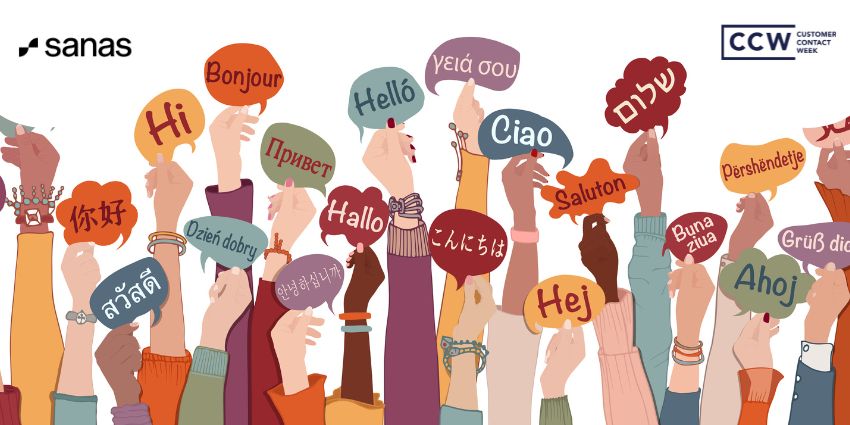Zoom and ServiceNow have introduced a unified CCaaS-CRM solution.
The tech giants debuted the “Unified Engagement from Zoom CX and ServiceNow” offering at Knowledge 2025.
The offering embeds several of Zoom’s contact center tools directly into ServiceNow Customer Service Management (CSM), the popular customer support CRM.
ServiceNow has launched similar solutions with Five9 and Genesys. These vendors inserted voice and digital channels, call control features, and routing tools into the CRM.
However, the Zoom announcement goes further, injecting several more solutions.
Confirming this, Kentis Gopalla, Head of Product at Zoom CX, told CX Today:
The Zoom integration brings an omnichannel, AI-first experience — incorporating our voice, video, and digital channels together with Zoom Virtual Agent and AI Expert Assist — helping streamline the agent experience and enabling faster customer resolutions.
Additionally, Zoom will provide a unified view of its Quality Management (QM) and Workforce Management (WFM) solutions within ServiceNow CSM.
Many tools from the Zoom Contact Center will also become available within ServiceNow IT Service Management (ITSM) when the joint offering goes live.
The vendors have penciled the release for “later this year”. From then on, the unified solution will be available through the ServiceNow store.
What Are the Benefits of the Integration?
When a CCaaS provider inserts its technology into a CRM, it can have several advantages.
For instance, it centralizes customer service data on a single platform, reduces management burden, and streamlines the agent experience, so they do less alt-tabbing.
In the age of AI, that first benefit is especially significant, and it may prove attractive to some of Zoom’s existing contact center customers.
After all, they can take their existing channel configurations, virtual agent implementations, and agent-assist use cases and drop them into ServiceNow.
In doing so, they pool data and, via the new ServiceNow CRM, spread that across the business.
Adding QM is also fascinating, as agents and supervisors may access performance insights without switching platforms.
Yet, QM systems also comprise intent, sentiment, and behavioral insights that could add valuable customer context to the CRM.
Why ITSM, Too?
According to Gopalla, the integration “makes it easy” to use Zoom Contact Center’s tools not only within ServiceNow CSM but also ITSM.
That’s a unique advantage of the Unified Engagement from Zoom CX and ServiceNow solution.
Explaining the benefits of this, Gopalla stated:
Service and IT teams can work together in one place, access centralized customer data, and provide more efficient, coordinated support.
More IT teams are getting pulled closer to the contact center as AI begins to transform the customer service space.
These IT teams will often already leverage ServiceNow ITSM, and the opportunity to support the contact center through a product they already know is a key differentiator.
Also, it’s critical to note here that more CX leaders are consulting IT and getting them involved in the buying process.
That trend is helping to boost ServiceNow’s presence in the CRM market and could make offerings like the Unified Engagement from Zoom CX and ServiceNow solution more attractive.
ServiceNow Takes a Different CCaaS-CRM Approach to Salesforce
Each of ServiceNow’s CCaaS-CRM integrations looks different.
Consider its partnership with NICE. Together, they’re building workflows between NICE CXone MPower and ServiceNow CSM but not embedding features.
This exemplifies ServiceNow’s approach of working with CCaaS leaders, letting them share their vision for the future of customer service, and collaborating to make it possible.
That’s different from Salesforce’s approach. It also allows CCaaS vendors to embed tools into Service Cloud, but standardizes integrations with a “Bring Your Own Channel for CCaaS” program.
ServiceNow’s strategy perhaps gives businesses more options as to what their converged CCaaS-CRM environment should look like.
Yet, Salesforce can standardize the adoption of CCaaS-CRM solutions, with more partners familiar with how they work, and avoid being seen as playing favorites.
Both approaches have their merits. Nevertheless, ServiceNow and Salesforce should be applauded for making moves to help organizations converge and simplify their contact center stack.







